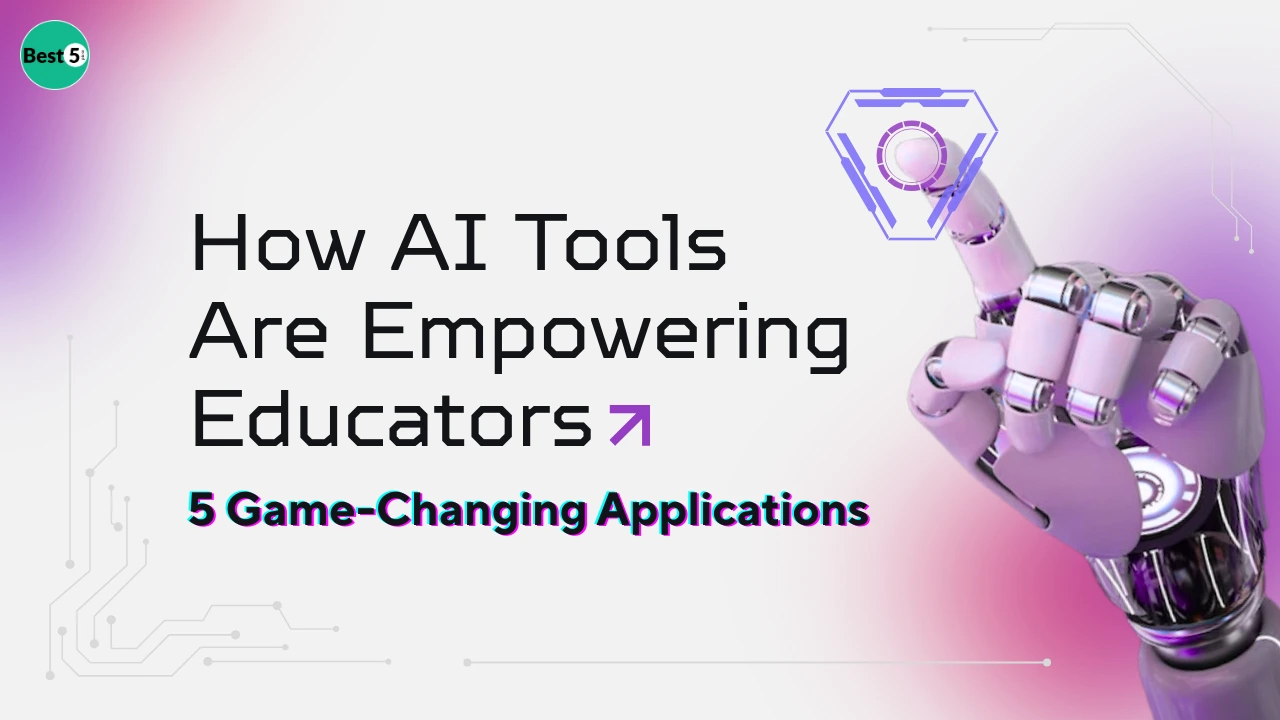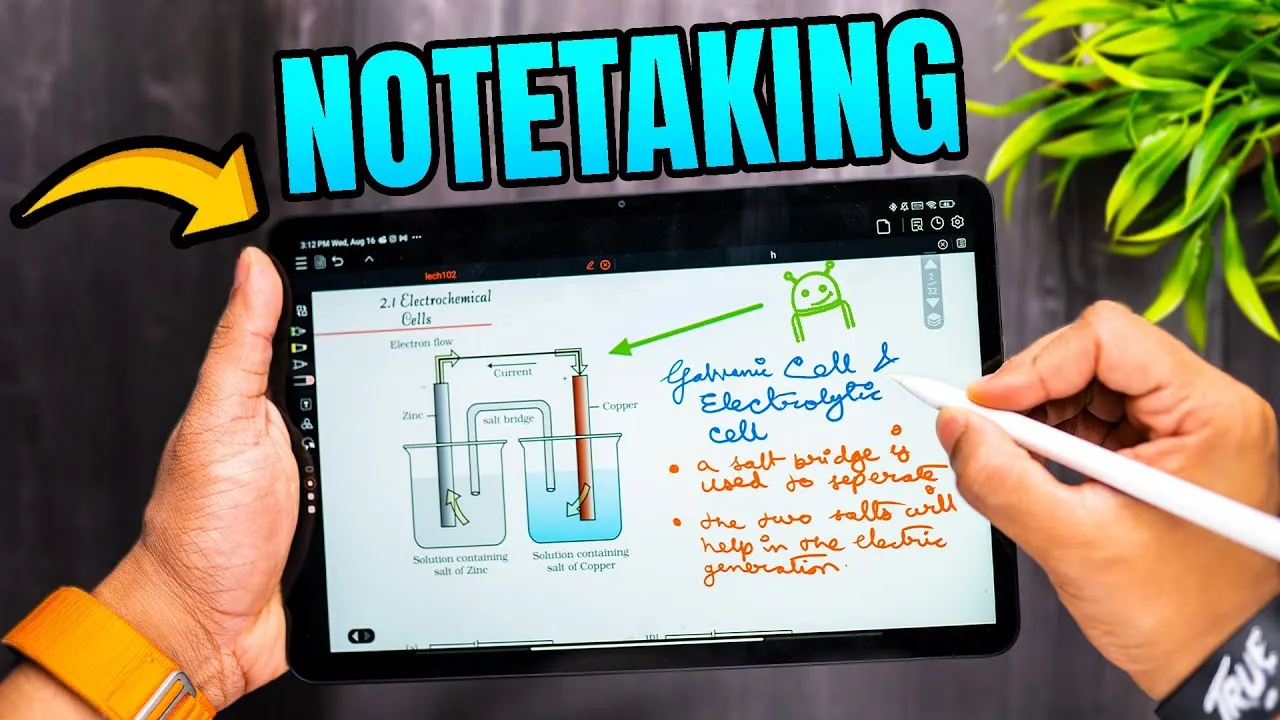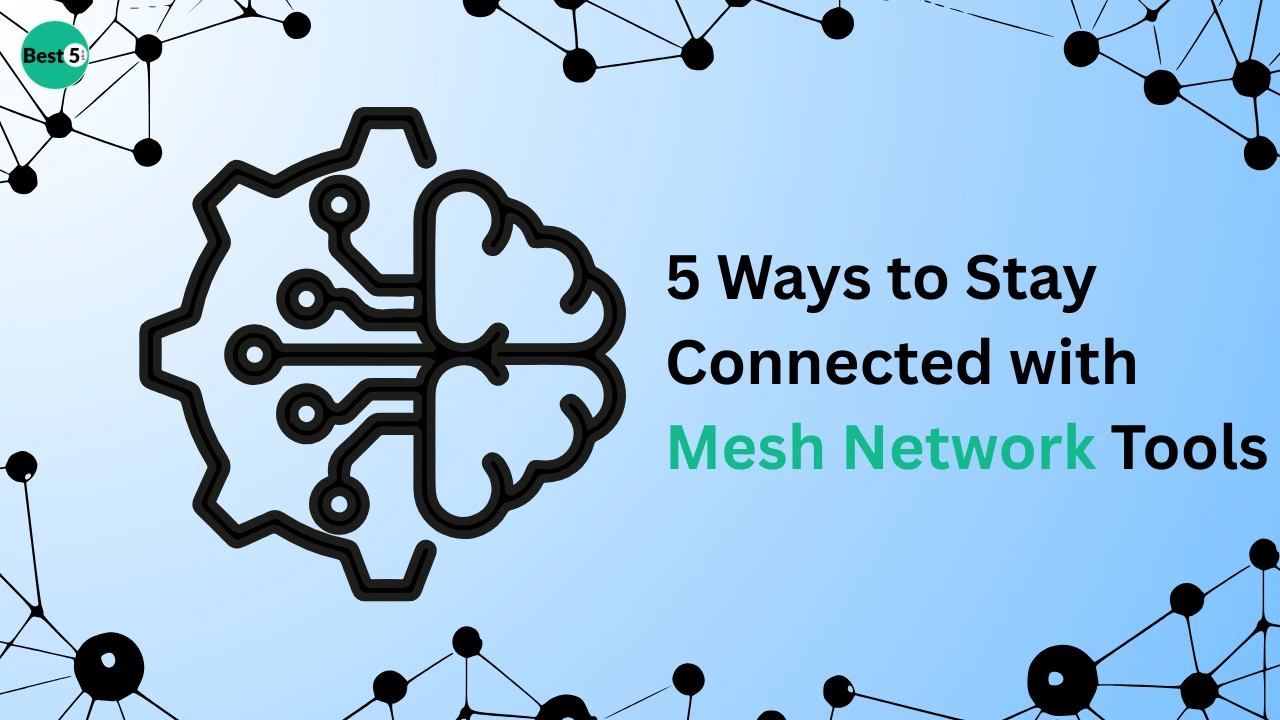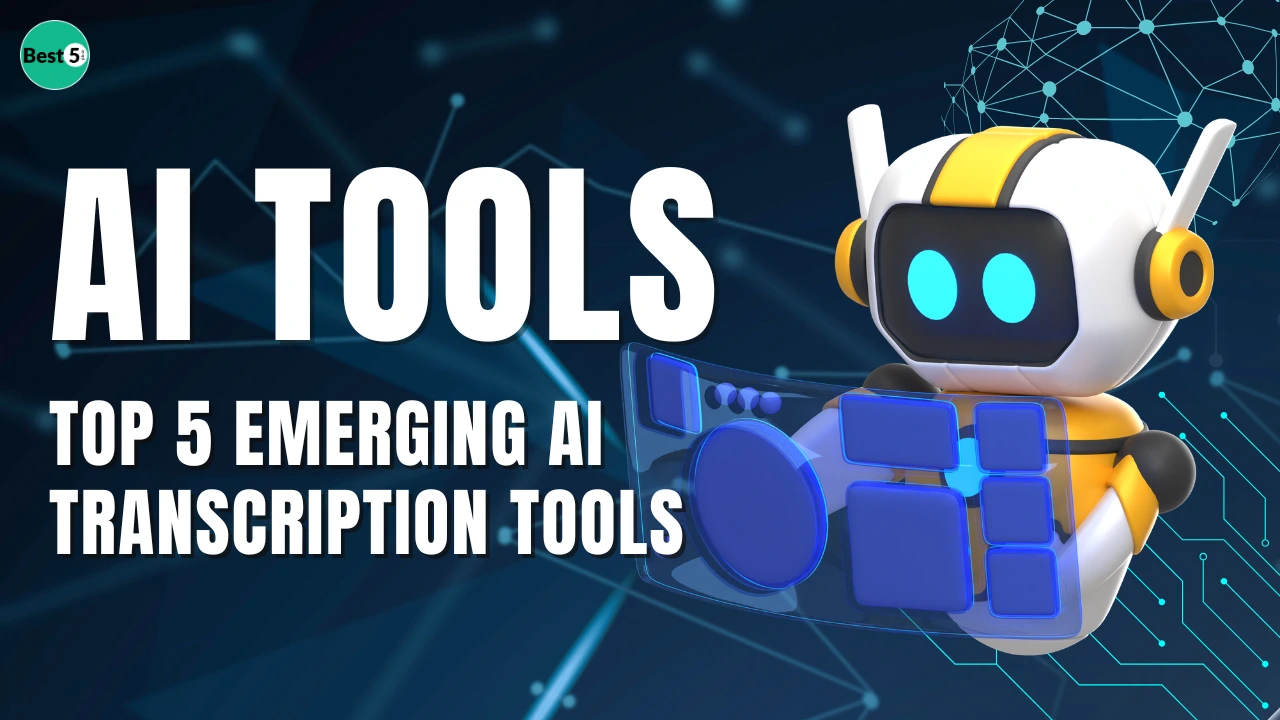Artificial Intelligence (AI) is transforming every sector, and education is one of the biggest beneficiaries of this technological revolution. With the rise of AI-powered tools, educators now have access to smarter ways of teaching, grading, managing classrooms, and supporting students. The integration of AI in education is not about replacing teachers but empowering them with enhanced capabilities to make learning more effective and personalized.
Over the past few years, classrooms have been evolving from traditional chalk-and-board setups to technology-driven environments. AI has added a new dimension by reducing repetitive tasks, analyzing student data, and even creating customized learning experiences. These tools are helping teachers save time, provide deeper insights, and improve overall student engagement.
In this article, we will explore how AI tools are empowering educators through five game-changing applications. From personalized learning platforms to AI-driven grading systems, these advancements are setting the stage for a future where teaching becomes more impactful and less burdensome.
1. Personalized Learning with AI Tools
Key Features:
- Creates adaptive learning paths for each student
- Tracks real-time progress and performance
- Identifies strengths and weaknesses
- Provides targeted recommendations for improvement
- Enhances student engagement through customized content
AI-driven personalized learning platforms are revolutionizing how students acquire knowledge. Instead of a one-size-fits-all teaching model, AI analyzes individual learning patterns and adapts lessons to suit each student’s pace.
For educators, this means they can monitor student progress more efficiently and intervene when necessary. For students, it translates to better understanding, increased motivation, and more confidence in their learning journey. By reducing the gaps in traditional teaching, AI ensures that every learner receives the attention they deserve.
2. AI-Powered Assessment and Grading
Key Features:
- Automates grading for objective and subjective tests
- Reduces teacher workload significantly
- Provides quick, unbiased, and accurate evaluations
- Offers detailed performance insights
- Supports feedback generation for students
Assessment is one of the most time-consuming tasks for educators. With AI-powered grading systems, teachers can now save hours of manual work. These tools can automatically evaluate multiple-choice exams, essays, and even project reports.
The biggest advantage is accuracy and fairness. AI eliminates biases and ensures consistent grading standards. Additionally, these systems provide instant feedback, allowing students to understand their mistakes quickly and improve. Educators can then dedicate more time to guiding and mentoring rather than spending days on paperwork.
3. Smart Classroom Management Systems
Key Features:
- Automates attendance and classroom scheduling
- Monitors student participation and engagement
- Provides analytics on learning behavior
- Supports communication between teachers, students, and parents
- Helps manage digital resources effectively
Managing a classroom involves more than just teaching lessons. Educators often spend considerable time handling administrative responsibilities. AI-powered classroom management systems simplify these tasks by automating attendance, generating performance reports, and organizing schedules.
These tools also offer insights into student participation levels, making it easier for teachers to identify students who need extra support. Furthermore, they enhance communication with parents by providing regular updates. This not only strengthens the teacher-student-parent relationship but also helps in building a supportive learning environment.
4. AI-Powered Content Creation and Curation
Key Features:
- Generates educational content quickly
- Curates relevant study material for specific topics
- Provides multimedia-based learning resources
- Adapts content to different grade levels
- Saves teachers’ time in preparing lesson plans
Creating engaging lesson plans and content often requires significant effort. AI tools now assist educators by generating quizzes, presentations, and study materials within minutes. They can also curate high-quality resources from trusted databases, ensuring that students always have access to the best learning materials.
By incorporating multimedia such as videos, simulations, and interactive exercises, AI makes learning more dynamic. This approach keeps students engaged while reducing the burden on teachers to constantly innovate their teaching strategies.
5. Virtual Assistants and AI Tutors
Key Features:
- Provides 24/7 academic support to students
- Answers student queries instantly
- Supports language translation for diverse classrooms
- Assists teachers with reminders and scheduling
- Offers guidance for homework and assignments
AI-powered virtual assistants and tutors are becoming invaluable companions for both students and educators. These tools are available round the clock, providing instant responses to student questions. This ensures that learning continues even outside classroom hours.
For teachers, virtual assistants help with administrative tasks such as scheduling, reminders, and communication. They act as teaching partners, ensuring that educators can focus more on personalized interaction with students rather than routine tasks. This combination of human guidance and AI support creates a balanced and effective learning ecosystem.
Conclusion: How AI Tools Are Empowering Educators
The integration of AI in education is no longer just a futuristic idea—it is happening now and transforming classrooms across the globe. From personalized learning platforms to AI-powered grading systems, smart management tools, content creation assistants, and virtual tutors, these innovations are helping educators redefine their teaching roles.
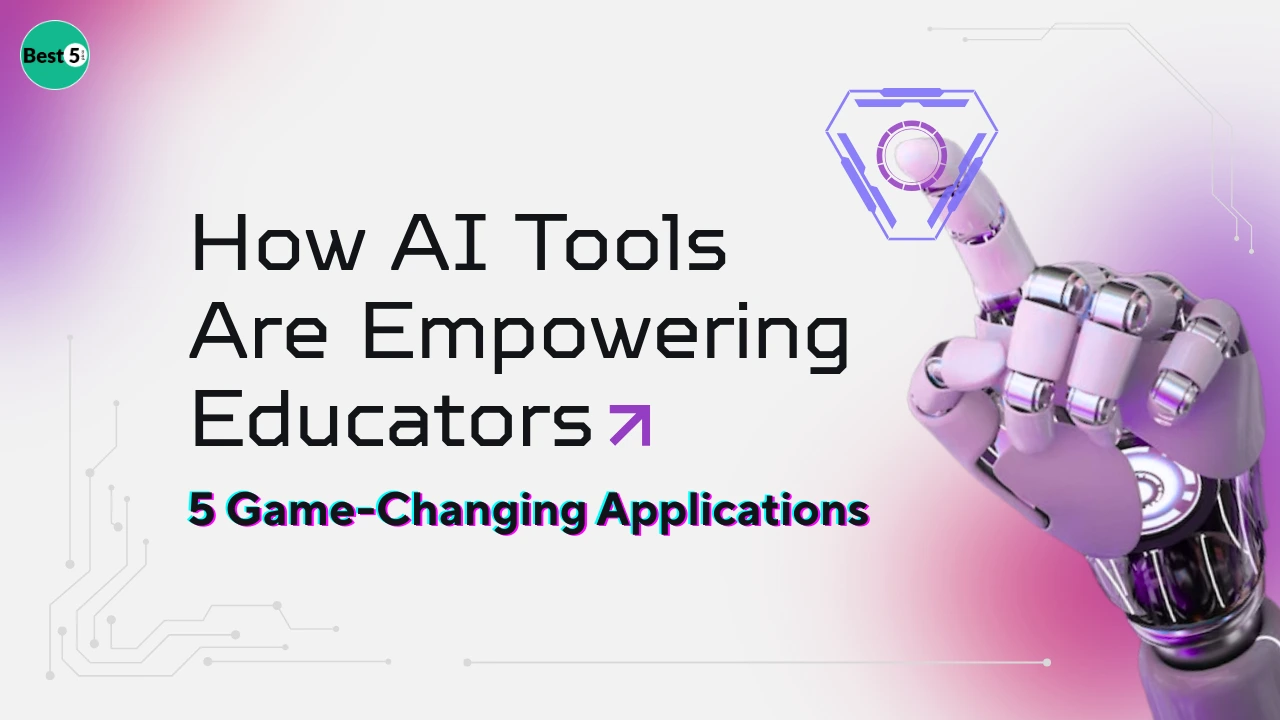
Instead of replacing teachers, AI is empowering them by removing repetitive tasks, offering powerful insights, and enabling a more customized learning experience. With the right balance of technology and human expertise, the future of education looks brighter than ever.
Ultimately, how AI tools are empowering educators lies in their ability to make teaching more efficient, impactful, and rewarding, while giving students a learning experience that is both engaging and effective.
Detailed Table of AI Tools Empowering Educators
| Application Area | AI Tool Examples | Key Benefits for Educators | Key Benefits for Students |
|---|---|---|---|
| Personalized Learning | Squirrel AI, Smart Sparrow | Tracks progress, adaptive teaching | Tailored learning experiences |
| Assessment & Grading | Gradescope, Turnitin | Saves time, unbiased grading | Instant feedback, improved learning |
| Classroom Management | Classcraft, Edmodo | Automates admin tasks | Better participation tracking |
| Content Creation | Canva for Education, Knewton | Quick lesson planning | Access to engaging resources |
| Virtual Assistance | ChatGPT, Duolingo Bots | Reminders, communication aid | 24/7 support, query resolution |
FAQs on How AI Tools Are Empowering Educators: 5 Game-Changing Applications
1. How are AI tools empowering educators in modern classrooms?
AI tools are empowering educators by automating grading, personalizing learning, managing classrooms, and providing 24/7 support.
2. Can AI replace teachers in education?
No, AI cannot replace teachers. It supports them by reducing repetitive work and enabling them to focus more on student interaction.
3. What is the role of AI in personalized learning?
AI adapts lessons to suit each student’s pace, strengths, and weaknesses, ensuring a more effective and engaging learning experience.
4. Are AI grading systems reliable?
Yes, AI-powered grading systems provide quick, fair, and unbiased assessments, reducing human error and inconsistencies.
5. How do AI classroom management tools work?
They automate attendance, scheduling, and performance tracking while enhancing communication with students and parents.
6. Can AI help in creating educational content?
Yes, AI generates quizzes, study guides, and multimedia lessons, saving teachers’ time and keeping students engaged.
7. Do AI tutors benefit students outside school hours?
Absolutely. AI tutors are available 24/7, offering instant answers and guidance for homework and assignments.
8. Is AI in education expensive?
While some advanced tools may require investment, many affordable and free AI platforms are available for educators.
9. How does AI support teachers in multilingual classrooms?
AI tools provide language translation features, helping teachers communicate effectively with diverse groups of students.
10. What is the future of AI in education?
The future includes deeper personalization, smarter analytics, and more supportive teaching tools, making learning more inclusive and efficient.
